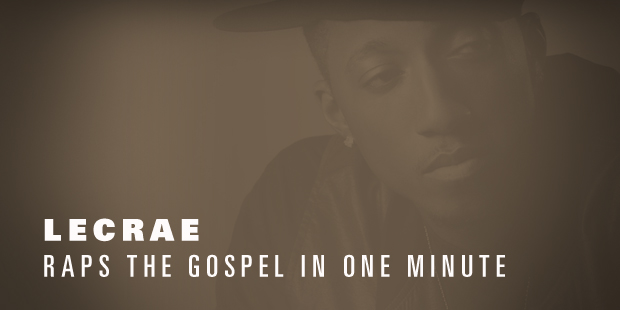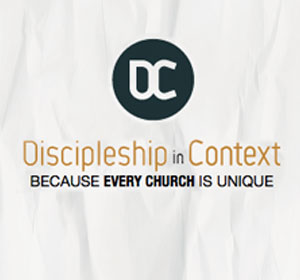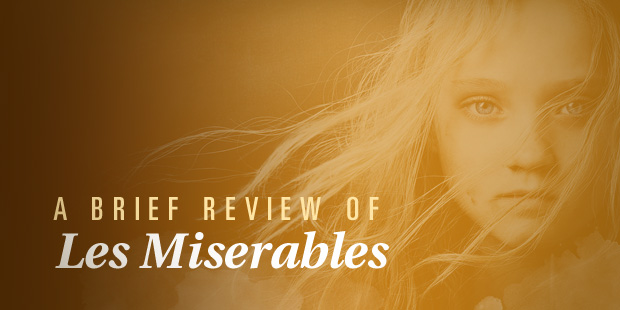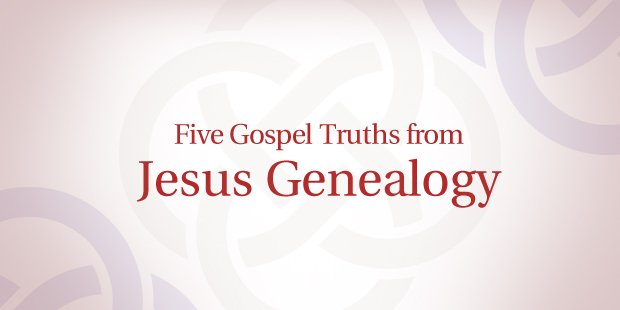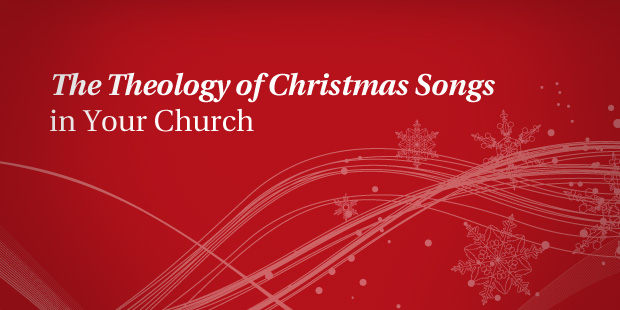1. The gospel is not good advice, it is good news.[1]
Fairy tales and fantasy stories start out with phrases like “once upon a time,” or “somewhere, in a galaxy far, far away.” But Matthew begins with a genealogy, which is a way of saying, “What I’m about to tell you actually happened.”
Many religions are built on teachings and principles that would be true whether their religious founder ever lived or not. The religious founder was just the mouthpiece. It wouldn’t really matter to Buddhists, for instance, if Buddha were a real person or not.
But this is not true for Christianity. Christianity depends on a set of events that actually took place in history, because the core of Christianity is not what Jesus taught us to do, but what he would do for us.
2. Jesus is the center of history.
Matthew takes what the world considered an insignificant family line and organizes all of human history around it. It certainly didn’t seem like Jesus was the focal point of history at the time. Israel was an insignificant Roman province, and nobody in Rome was paying attention to this family tree. But God had made a promise to Abraham to bring salvation to the world. And he did it in the face of the powerful nations that thought they were truly in control.
I find this so encouraging, because it often doesn’t look like Jesus is the center of history today. CNN doesn’t look to Christianity to figure out where the world is headed. They look to the markets, to the White House, to world politics. But from God’s perspective these things are an insignificant drop in the bucket compared to what he is doing through Jesus’ kingdom.
3. God is working in all things, good and bad, for his purposes.
Matthew concludes his genealogy (1:17) by commenting that the progression from Abraham to Jesus came in 3 sets of 14. This seems almost random, especially when you realize that Matthew intentionally skipped some generations to get these numbers. Now, skipping certain generations was common practice for genealogies. But why did Matthew want to have these 14s?
Well, fourteen is (of course) two sevens, and seven is the biblical number of perfection.[2] Matthew organizes the genealogy into 14s to show that God has superimposed his seal of perfection on history.
When you consider the messy stuff in this genealogy, that’s an astounding claim. Think of the story of Tamar (1:3), the woman who tricked her father-in-law to impregnate her by dressing like a prostitute. Or of David (1:6), who slept with his friend’s wife and had him killed to cover it up. God looks at this mess and without condoning their actions, stamps his perfect “14” on it.
Some of you have messy dysfunction in your life, and I’m not saying God is pleased with your pain. It breaks his heart. But He has an over-riding purpose in your life, to accomplish Jesus’ purposes in and through you. And he’s working in the darkest parts of your personal genealogy to bring that to pass.
4. The gospel is for the outsider.
In Jesus’ day, a genealogy was like a résumé, how a person showed the world their worth. And so back then—like today—résumés were fudged to include the best parts and to omit the nasty details. They were crafted to make everyone think, “Wow, this guy just has awesome in his blood!”
Yet look who Jesus includes in his genealogy: Tamar and David (see point 3); Ruth, a Moabite, not even Jewish; Rahab, not only a foreigner, but a prostitute; Manasseh, one of the most wicked and godless kings in Israel’s history. Jesus’ line is filled with outsiders of every kind—moral, ethnic, gender.
This all tells us that Jesus came for the outcast, and that includes us. Or, as David Platt says, these names are included in the line that leads to Christ so that we can know our names are included in the line that leads from Christ.
5. Jesus is the ultimate rest.[3]
There is another detail about the sets of 14 that Matthew mentions. Three sets of 14 makes six sets of seven. This makes Jesus the seventh seven.
Remember, seven is a really significant number in the Bible. It points to perfection, but it also point to rest. God rested on the seventh day. Israel was supposed to let their land “rest” every seven years. And every seventh seven year was the Year of Jubilee, in which all debts were forgiven and all slaves were freed.
Matthew shows us that Jesus is the seventh seven; Jesus is the Year of Jubilee. In him all debts are truly forgiven; in him all slaves are finally freed. Jesus is ultimate rest. Isn’t this what he promised? “Come unto me, Jesus says, all you who labor and are heavy laden and I will give you rest.” You don’t have to strive to earn God’s love. You don’t have to prove yourself. In Christ you have the absolute approval of the highest being in the universe.
[1] From Tim Keller’s message on Matthew 1:1–17, “The History of Grace.”
[2] William Hendriksen, Vol. 9: Exposition of the Gospel According to Matthew, Baker New Testament Commentary, 110.
[3] I am indebted to Tim Keller for pointing this out.
Read more from JD here.

Tags: Gospel, JD Greear, Scripture
|
What is MyVisionRoom? > | Back to Culture >
